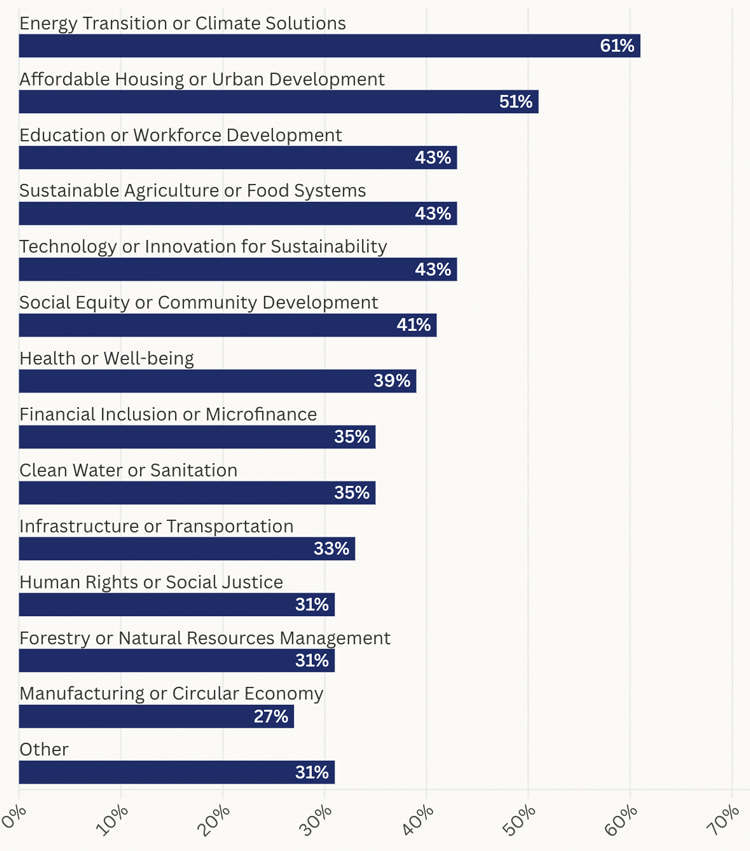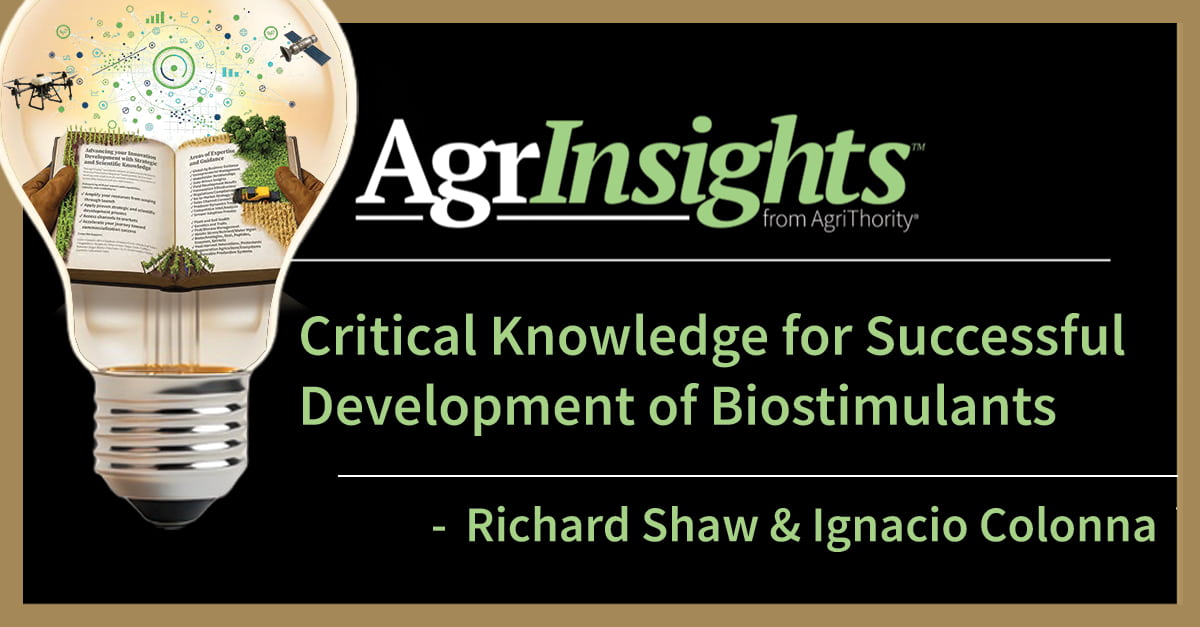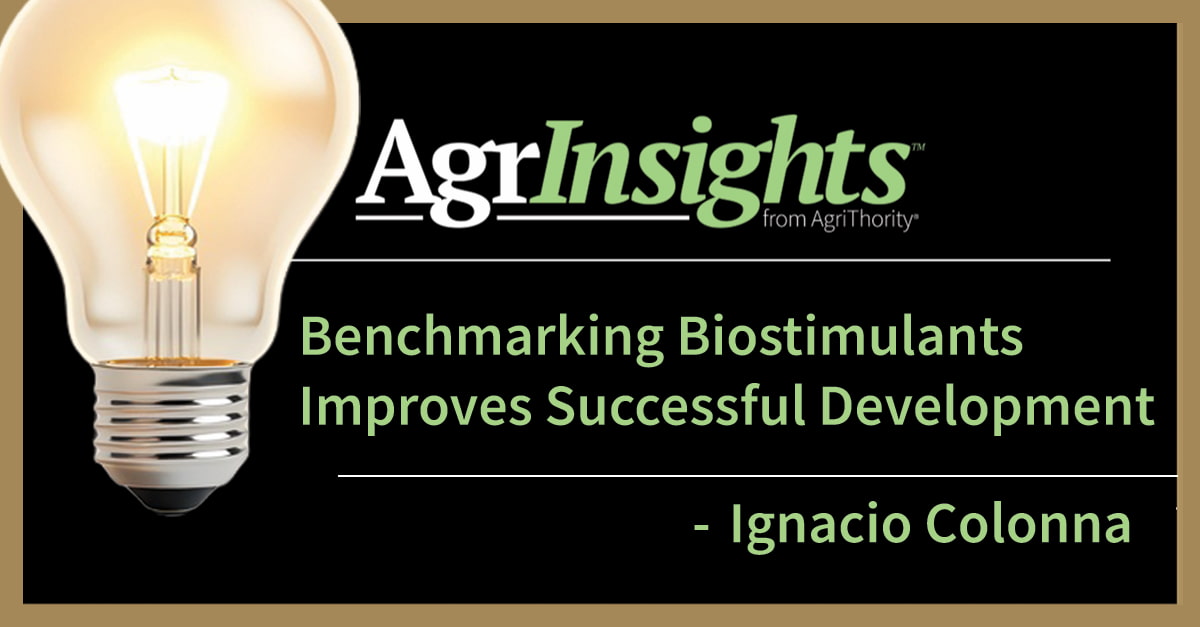While 2025 is a rare year being a perfect square of 45 (452 = 2025), other events around the world will keep it in the history books. From the beginning of 2025 the advisors to AgriThority® from around the world agreed many signs indicated this was shaping up to be a tough year full of adjustments. The signs that are continuing to plague the entire agricultural supply chain from multinational companies through to the farmers involve the math of business. Consolidation seems to be defining agriculture around the world with the common denominators of high interest rates, low commodity prices, and overall supply chain uncertainty. The year 2025 is driven by math.
2026 Could Continue Mathematical Adjustments
As AgriThority® Board of Advisors discussed trends mid-year, they acknowledged the potential for another tough year ahead for the agricultural industry around the world. According to Rio Times in July: Brazil’s farmers are facing a serious debt problem in 2025, even though the country produced a record soybean crop this year. Official data shows that nearly 8% of individual farmers have not paid back their loans for more than six months…Many farmers, especially those who own large farms or rent land, are struggling to keep up with payments. The main reason for this growing debt is that the cost of borrowing money in Brazil has gone up, averaging 12-15% annually.
Interest rates are now at their highest level in 20 years. Farmers who borrowed to buy seeds, fertilizer, and equipment now find it much harder to pay back what they owe. At the same time, prices for crops like soybeans have dropped, so farmers are making less money even when they harvest more.
Across LATAM, the agriculture industry has seen a shift in this volatile region, according to Valdemar Fischer, former Chairman of Syngenta Group LATAM. In Brazil, the U.S. tariffs are among many issues affecting the ag industry. As an industry consultant, he sees profitability dropping for Brazilian suppliers due to pressure from Chinese companies lowering crop input prices in the region.
China also ranks at the top of Brazil’s commodity exports. The Rio Times reported in June, 2025: In 2024, Brazil exported $49 billion in agricultural goods to China, which now buys 73% of its soybeans, 49% of its cellulose, and nearly half of its beef…making Brazil’s countryside a critical extension of China’s food security strategy.
Bright Spots in the Ag Industry
Fischer sees a few positives as the agrochemical market is about 10 percent above last year, although this is still impacting the supply chain. He predicts more consolidation involving the entire industry from farmers to the multinational companies. Volatility in Brazil can cause companies to have to make more staffing and structural changes to protect their profitability as others focus on key profitable products, reducing the portfolio offered to farmers.
Others on the AgriThority® Board of Advisors agree that consolidation or at least adjustment is the best word describing 2025. Jim Schultz, Managing Partner, Open Prairie and fifth generation agricultural investor, is cautiously optimistic for Q4 of 2025 despite the reduced valuations of recent deals. He sees many investors are leaving agtech, and some noted funds are not achieving the required ROI. Late-stage venture companies are looking for international market access while other funds have existing portfolio investments without a path forward. These are looking at limited options to merge, sell off assets, or shut down. Across the industry, bottom lines need improvement.
Knowledge Transfer Among Employees Evolving
Again, it is the math of the business, but also adjustments in managing the people. While the math challenges continue, so do the people issues. Advisor Christophe Dumont serves as a Managing Director of Kincannon & Reed – Global Executive Search. With more than 25 years leading portfolio management, company integration and talent development on a regional and global level for Bayer and legacy companies, Dumont also sees major need for adjustments. Historically, he believes, knowledge and skills were critically important but now transitions happen without time to transfer knowledge or require new skills such as mastering AI, digital transformation, automation and robotics. He advises employers to be more proactive with workforce planning, cultural fit, and emotional adaptability, to keep pace with an accelerated world. Unlike Baby Boomers, Gen X and Millennials are focusing much more on company purpose, culture, values, and autonomy when making career choices.
Located in Romania, Dumont observes that the European agricultural economy is in a recovery phase from the challenges of 2024, with improved production, especially for cereals (+4%) and oilseed crops (+12%), leading to stronger exports. But farmers are still cash strapped after the poor economics from last year and he warns businesses to “buckle up until Q4 2025. The world is turbulent, and geopolitical instabilities are not improving soon.”
Sustainability Investment Down
The turbulence in the U.S. is directly impacting funding in the U.S. for Environmental, Social and Governance (ESG) or sustainable investments was $8.4 trillion in 2022 according to the Forum for Sustainable and Responsible Investment (US SIF). That translated into one of every eight U.S. investor dollars was in a sustainable fund. This landscape is rapidly evolving as 2024-25 reported $6.5 trillion marketed as ESG or sustainably focused investments. With 73% of those surveyed expecting growth “driven by client demand, regulatory evolution and advances in data analytics despite political headwinds and regulatory scrutiny.” This report also noted the respondent focus on climate and clean energy transitions (61%), carbon reduction, and nature restoration.
Here’s the breakdown from the US SIF Trends Report from the investor perspectives:

Source: US SIF Trends Report
The ESG funds have been driving agricultural innovation in the near term. Those companies were driven to target sustainability because of their investment, but this is another category of adjustment in 2025.
While investors still predict sustainability as an important theme, these advisors agree that carbon initiatives are slowing due to farmer profitability and industry-wide focus on ROI. Economics is the driver and every country values agricultural production. Adjustments are required every season for farmers with fluctuating commodity prices, variable input costs and interest rates, as well as the unpredictability of weather. But in 2025 the additional financial strain of trade uncertainty with record debt levels and increasing bankruptcies around the world is cause for even more adjustments.
Could 2026 Be a Year of Celebration for Ag?
Maybe the 2025 year of math will be followed by a year of celebration in 2026 when adjustments of 2025 have a positive impact on agribusinesses around the world.
Finding the personal positives, consider what adjustments you might make going into 2026 when looking forward to the new year of diverse events around the world:
- 250th anniversary of the United States Declaration of Independence—big boost to fireworks sales!
- 125th year since the founding of Australia—how does this celebration look “Down-Under?”
- FIFA World Cup hosted by North America—how many will travel to watch these matches?
- 2026 Winter Olympics in Italy—who will take home the gold?
- 60th anniversary of the NFL Super Bowl—will the Kansas City Chiefs get in it again?
- 150th Kentucky Derby horse race—where will the winning horse come from?
- August 2026 total solar eclipse – who will see it across parts of the Arctic, Greenland, Iceland and Spain?
To prepare for whatever the future holds, reach out to AgriThority® to help you enhance your capabilities, expand your capacity and elevate your credibility. Our seasoned, strategic and scientific global network serves as an independent and collaborative resource devoted to product, business, and market development. We help overcome regulatory challenges, manage product development process, and establish connections for market access.


